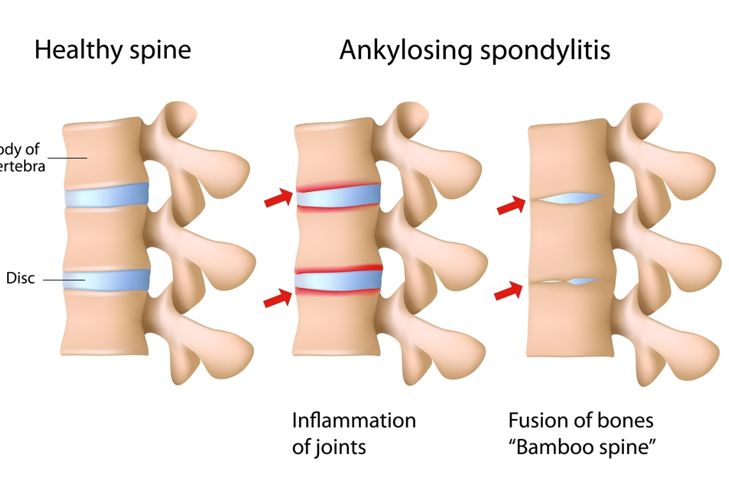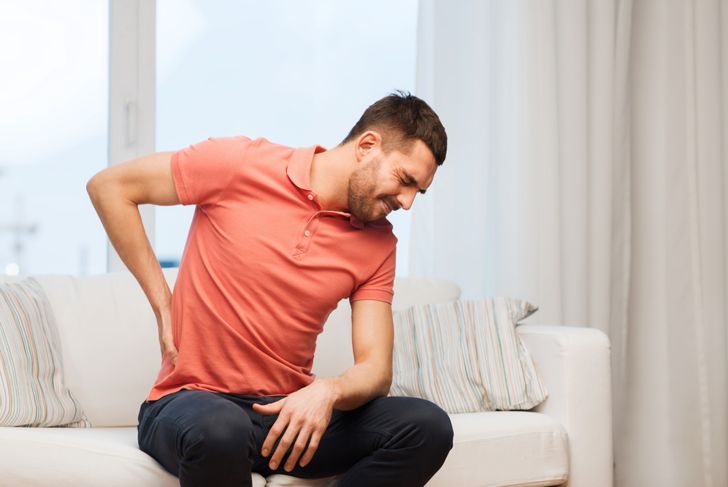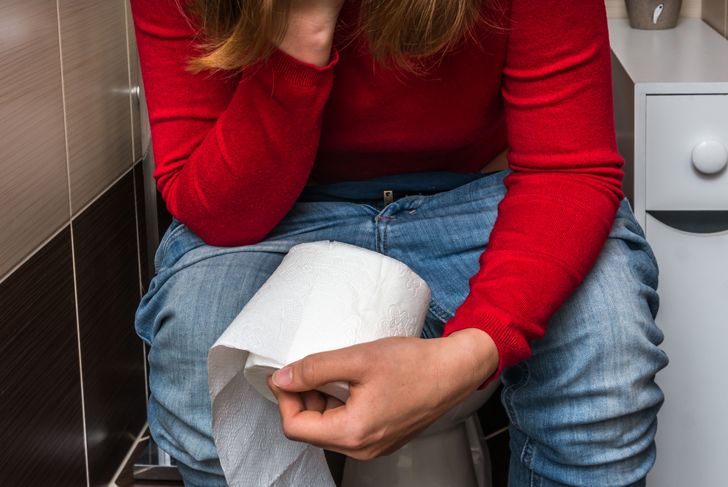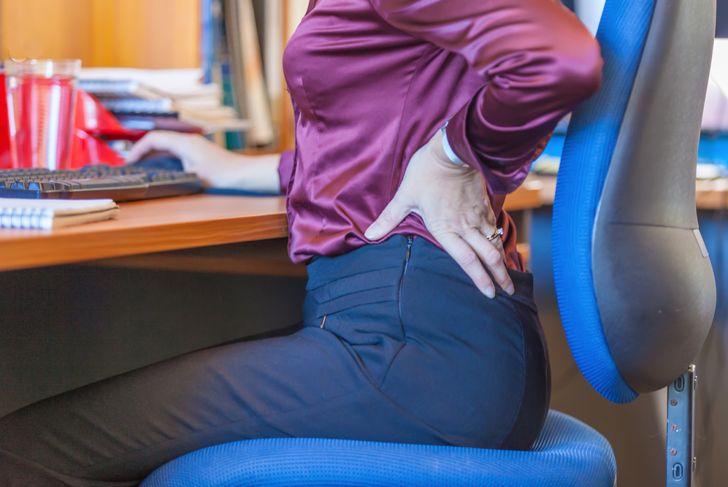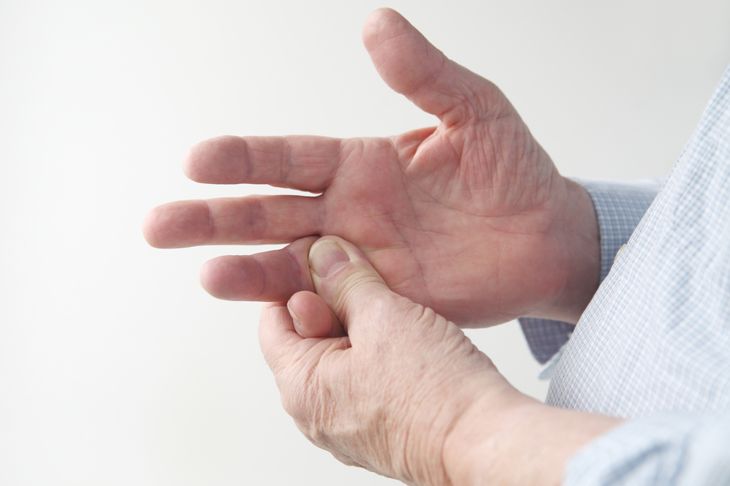Ankylosing spondylitis is a protracted inflammatory condition that can affect various joints, as well as the eyes and intestines. Most frequently, however, the disease targets the spine. Doctors classify ankylosing spondylitis as a form of spinal arthritis to clearly distinguish it from common back injuries. The condition can be more harmful than common back problems because it may eventually impede mobility and damage eyesight. Ankylosing spondylitis usually develops between the ages of 17 and 45, although children can get it too. It’s more common in men, although some experts believe this is due to under-diagnosis in women.
First Noticed After a Muscle Strain
Ankylosing spondylitis and regular back injuries may start in the same way. The patient tells the doctor that they strained a muscle, and shortly afterward, the back pain begins. However, the pain associated with ankylosing spondylitis comes from inflammation around the spine rather than trauma and therefore requires different treatment.
Pain Develops Over Time and Varies
Pain from ankylosing spondylitis may occur in any part of the body where tendons or ligaments connect to a bone, often developing slowly over the years, although it can flare up suddenly. The symptoms may lessen or worsen as time passes. Sometimes, pain builds after a period of rest, though it may also wake an individual during the night. In the mildest cases, it is barely noticeable, but severe ankylosing spondylitis can make it extremely painful to bend, turn around, or perform other movements usually carried out unconsciously. Teenagers do not normally experience pain in their lower back, so this symptom indicates the need for immediate medical attention.
Exercise May Help
Exercise generally aggravates back pain while rest eases it, but in the case of ankylosing spondylitis, the opposite holds true. This is one reason why the pain is frequently worse in the morning. Because exercise brings relief, people with the condition are often encouraged to lead active lifestyles.
Pain that Spreads Around the Body
Even though the symptoms of ankylosing spondylitis generally first develop where the spine joins the pelvis, this arthritis-like inflammation may spread to joints in the shoulder, elbow, ankle, knee, heel, and other areas. Swelling may accompany pain and stiffness, as may a sensation of warmness. The exact course the disease takes, and its severity, differs greatly from person to person, so it is difficult to predict.
Slowly Developing Chest Pains
Sometimes ankylosing spondylitis causes chest pain when the inflamed spine starts to affect the joints between the breastbone and the ribs. The ribs may become sensitive, and breathing may become impaired. This symptom can make coughing or sneezing, or even taking deep breaths, considerably painful, which leads to shallower breathing and less oxygen intake.
Feeling Fatigued
A full-body sensation of lethargy or fatigue is another characteristic symptom of ankylosing spondylitis. Lethargy is a common symptom of many conditions, however, so it is not indicative of a specific ailment. Anyone who feels lethargic for more than a few days, without an obvious reason such as overexertion or lack of sleep, should see a doctor.
Eye Inflammation
When one’s eye becomes bloodshot and painful without direct injury, it is vital to see an eye doctor or GP immediately. While an easily treatable infection could be the cause, such inflammation may also be due to ankylosing spondylitis. Discomfort, seeing bright lights, and blurred vision are additional signs.
Inflamed Bowels
Ankylosing spondylitis may also damage the bowels, causing prolonged periods of diarrhea or bloody stools. The development of symptoms similar to inflammatory bowel disease or colitis should be reported as soon as possible to a doctor, who can treat the symptoms and identify the underlying cause.
Uncomfortable Sitting Down
It is relatively common for ankylosing spondylitis to cause pain in the buttocks, with tenderness at the lower end of the pelvis making it painful to sit down. Although this situation is very unpleasant, it may be one of the more identifiable symptoms of the condition. Lower back and buttock pain associated with ankylosing spondylitis usually worsens after sitting and is often worse at night or early in the morning. Any pain in the seat that is not due to exercise or a tailbone injury should be presented to a doctor.
Painful Finger or Toe
Painful toes or fingers that aren’t a result of an obvious injury or an ingrown nail could be a symptom of ankylosing spondylitis. Although pain and swelling in these areas do not occur in every case, continuing joint inflammation can result in this symptom.

 Home
Home Health
Health Diet & Nutrition
Diet & Nutrition Living Well
Living Well More
More
